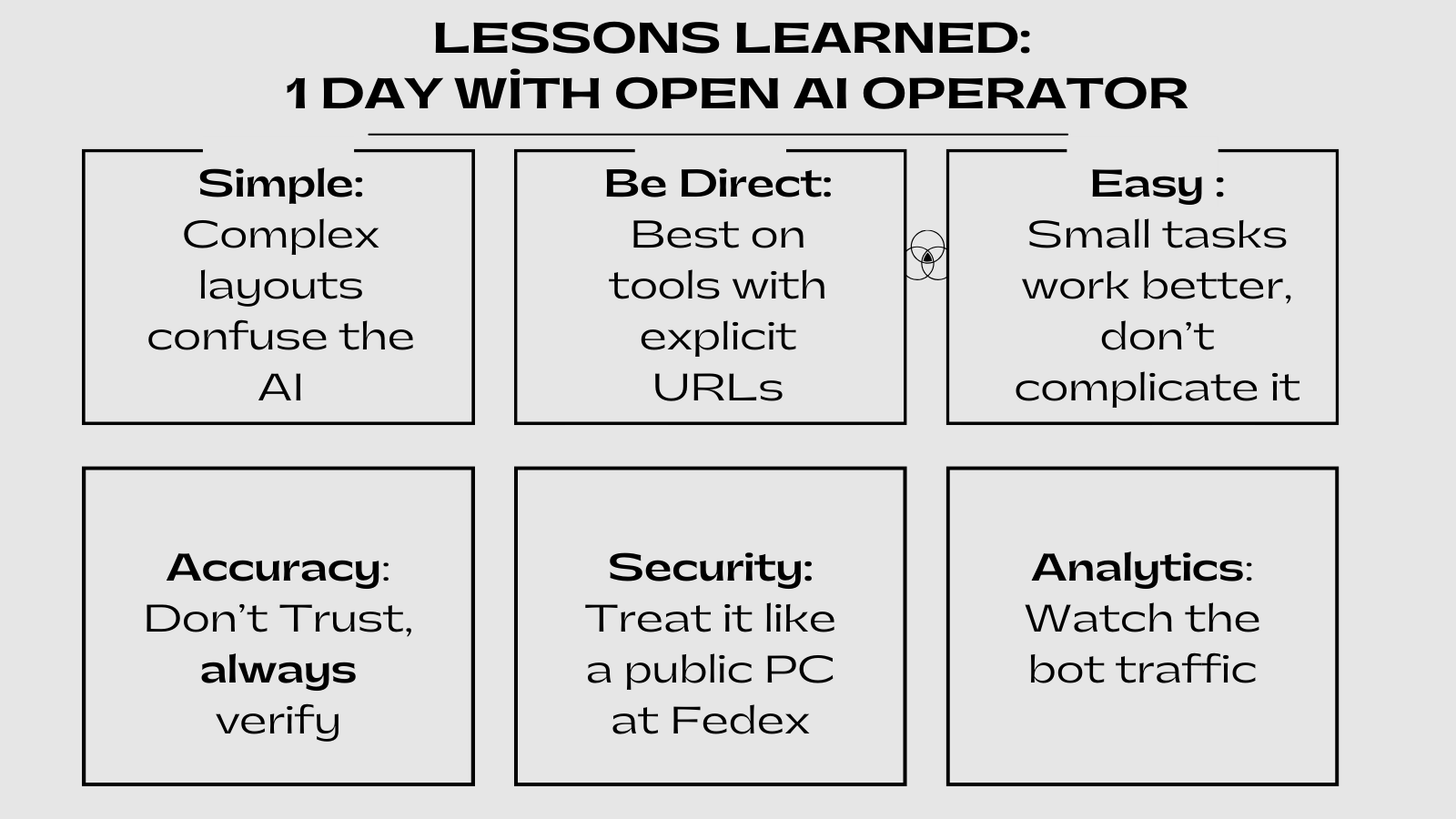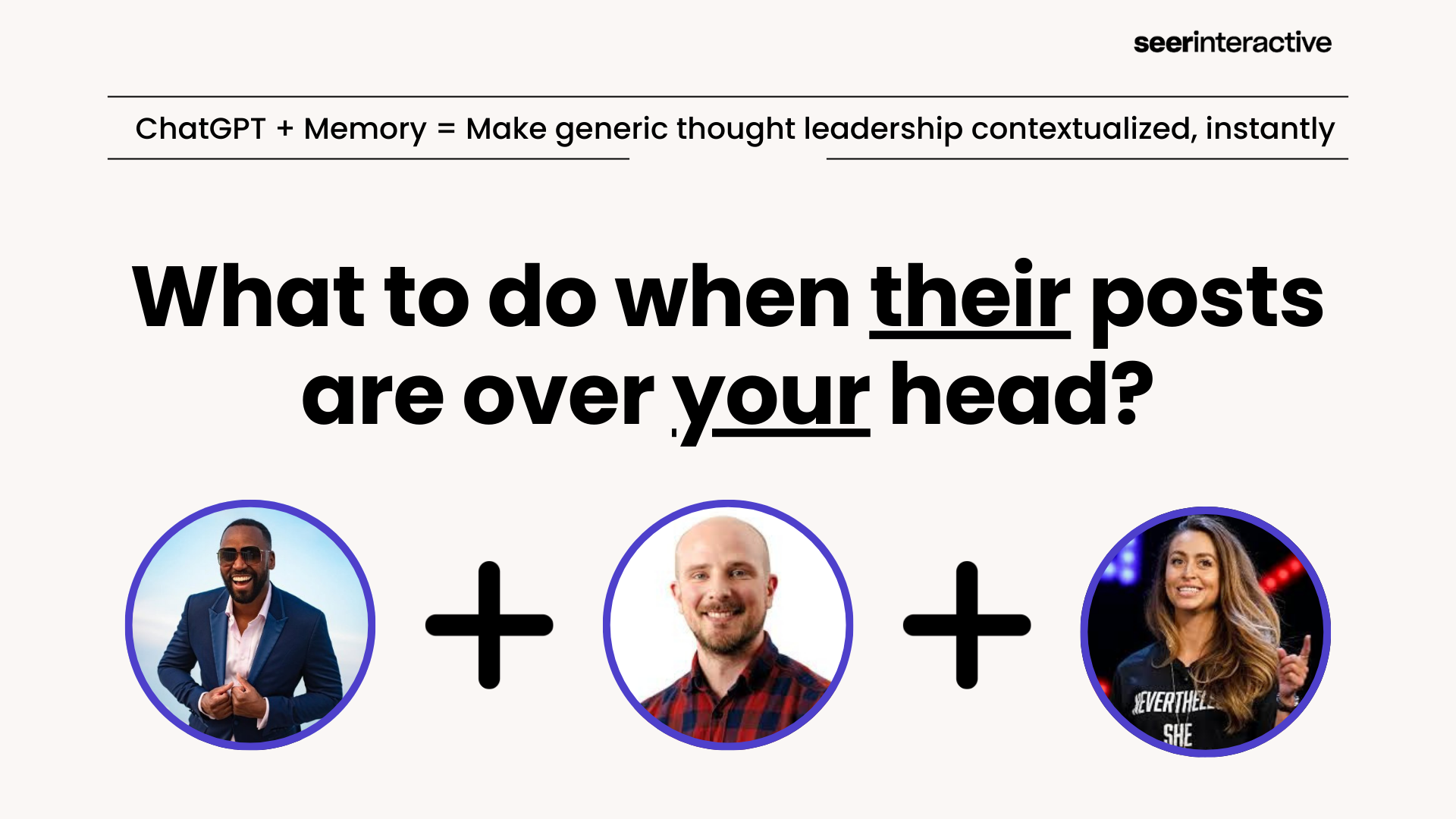Weve all been in situations where a client asks us to implement a strategy that, in our opinion, is not in their best interest when it comes down to their bottom line. This is a precarious position to be in because we want our clients to be happy with our work but even more importantly, we want to drive positive results.
Here is a simple and quite common example: Lets say that one of my clients just added product X to his inventory, which is a hot new product on the market. X will sell for $35 and the profit margin is 10%. This means that for each individual sale, the client makes only $3.50. If after doing some preliminary research, the average CPC for keywords likely to drive sales is $1.00, chances are that launching a new campaign for this product is going to result in a net loss. Of course, there are lots of different factors that could spin this scenario in the other direction maybe the client wants to launch the product to acquire new customers, in which case incurring a net loss in the short term may be a viable strategy. Or, maybe the client plans to sell ancillary products in the future to those customers that purchase product X (think cheap printer, expensive ink cartridges) again, a viable strategy.
The scenario above is pretty cut and dry, so pushing back a bit to understand what the client is trying to accomplish is a no-brainer. If there is no counterargument to support profit potential, the data speaks for itself. Unfortunately, most of the time its just not that simple. Consider the episode of Its Always Sunny in Philadelphia when Charlie develops a new product to pitch to the gang called Kitten Mittons:
For more complicated situations such as the one that arises with Kitten Mittons, Smashing Magazine has written a great article about how to communicate hesitation to clients.
In How to Explain to Clients That They Are Wrong, Smashing gives the following tips:
1. First and foremost, ask yourself if the client really is wrong! Make sure that your reasoning for suggesting against a strategy is rooted in data or experience. In this case, you can present alternate solutions that may have more potential to succeed. Otherwise, it may just be that you disagree from a purely subjective perspective. In situations like this its good to remember that your client knows more about their business than you do. End of discussion. 2. Speak the clients language; that is, relate the strategy back to the bottom line. In the situation above where the client wants to launch a campaign for a low margin product, if the goal is to acquire a new kind of customer, the idea is legit. In this case, youll want to develop KPIs to measure the success, given the goal of the campaign (gaining X new customers, for example). This way, assuming the client has a basic understanding of the average lifetime value of a new customer, youll know when a net loss becomes too large to sustain. 3. Establish yourself as the expert. If youve worked on projects for clients with a high level of brand recognition, mention this to the client in order to establish credibility (in a way that doesnt come across as being arrogant, of course!). Theyll appreciate your input more if youve done similar work for brands they know and respect. If namedropping isnt an option, simply being professional at all times goes a long way in establishing trust. 4. Back up recommendations with evidence. There is nothing more powerful than data!! If I say to my client if one of every three visitors (a whopping 75% conversion rate) does not make a purchase, you are going to lose money, they may be more inclined to rethink launching the campaign. 5. Sometimes, being direct works. In certain scenarios, it may be appropriate to bluntly say no and explain your reasoning. And sometimes youll have to suck it up and execute a strategy that you dont agree with. Cest la vie! 6. Know when and how to accept defeat. If you do end up moving forward with a strategy that does not appear to be solid, recommend implementing an A/B test or monitoring analytics closely for the duration of the project.
Check out the other articles Smashing recommends on effective client communication for more advice on how to drive the best results for clients when you find yourself in a gray area!


